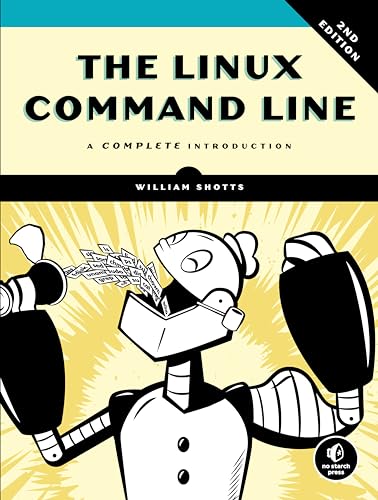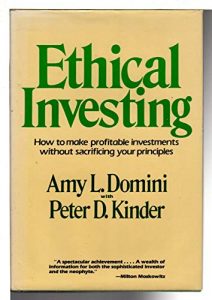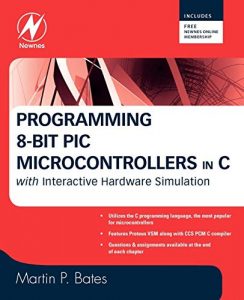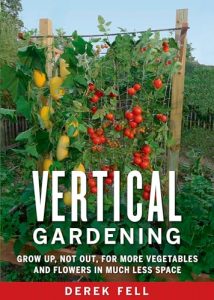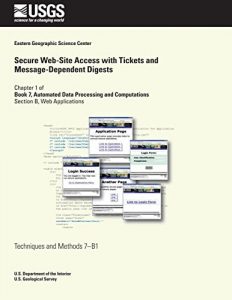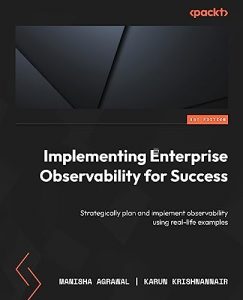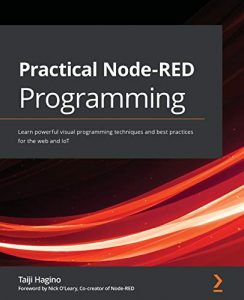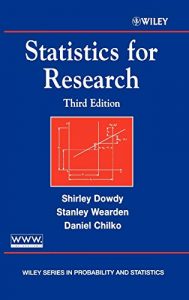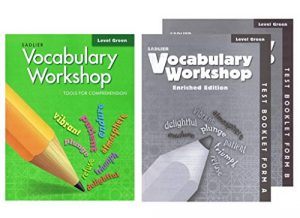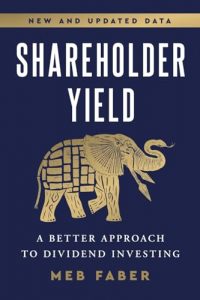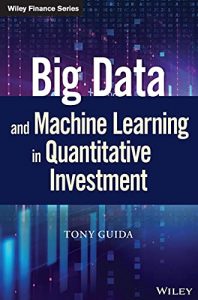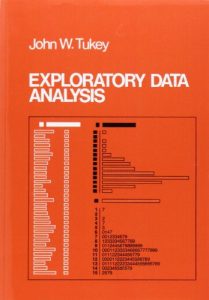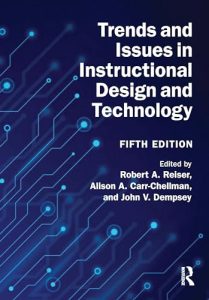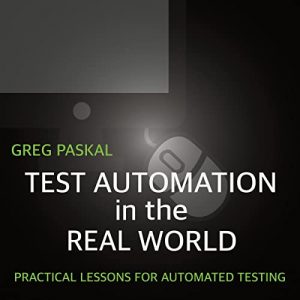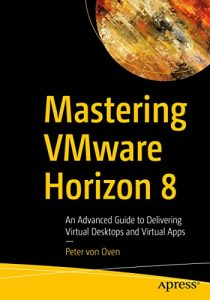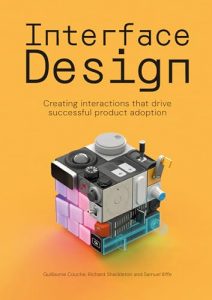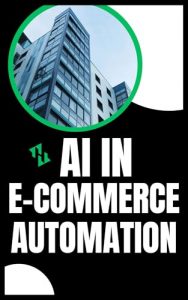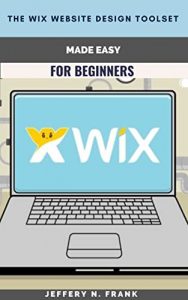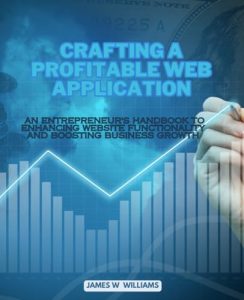1. Linux Kernel Programming Part 2 by Kaiwan N Billimoria
This book is a crucial resource for anyone serious about diving into kernel programming. It expertly walks through the intricacies of character device drivers, kernel synchronization, and how to develop the essential user-kernel interfaces. Whether you’re working at the hardware level or engaged with peripheral I/O tasks, this book lays down the foundational knowledge required to handle complex hardware interrupts. The clear explanations combined with practical examples make it a must-have for developers seeking a deeper understanding of Linux kernel architecture.

2. The Linux Command Line, 2nd Edition by William Shotts
If you’re looking to master the command line, this book is your perfect companion. It provides a comprehensive introduction to the Linux command line, helping you understand the different commands and how to use them effectively. The book’s clear step-by-step instructions will propel any beginner to a proficient user in no time. For seasoned users, it serves as a valuable reference book to refresh and deepen your command line knowledge. Its engaging style and practical exercises make this a must-read for anyone wanting to navigate Linux like a pro.

3. The Complete Guide to Windows Subsystem for Linux 2 by Gareth Morgan Thomas
This guidebook is a trailblazer for users who wish to bridge the gap between Linux and Windows. By leveraging WSL 2, developers can enhance their productivity through efficient cross-platform workflows. The book covers essential features and provides hands-on techniques that yield immediate benefits while developing applications in a hybrid environment. Support for AI, IoT, and DevOps integrates seamlessly with Windows users’ familiar tools, making this book invaluable for anyone looking to expand their expertise in a modern computing environment.

4. CompTIA Linux+ Certification Kit: Exam XK0-005 by Richard Blum, Christine Bresnahan, and Steve Suehring
This certification kit is the ultimate study resource for mastering the CompTIA Linux+ exam. It combines comprehensive study guides with practice questions and exam simulations, which are crucial for understanding Linux systems. The collaborative expertise of the authors ensures coverage of all exam objectives, equipping candidates with the knowledge needed to pass with confidence. Whether you’re a beginner or an IT professional looking to validate your skills, this book is an essential investment in your career development.

5. Windows Subsystem for Linux 2 (WSL 2) Tips, Tricks, and Techniques by Stuart Leeks
For developers leveraging Windows 10, this book is packed with innovative tips to optimize your WSL 2 experience. The author explores various configurations that maximize efficiency and streamlines your workflow across platforms. Discover shortcuts, custom workflows, and techniques that not only save time but also enhance productivity. With a balanced blend of technical details and practicable advice, this title is perfect for those eager to learn how to truly harness the power of WSL 2.

6. Linux Cookbook: Essential Skills for Linux Users and System & Network Administrators by Carla Schroder
This invaluable cookbook is a treasure trove of practical tips for Linux users and system administrators. Each recipe provides clear instructions addressing common issues and various tasks related to system management and server administration. The book enhances your skills with well-organized content that covers everything from file system management to network setup. Whether you’re a novice or an experienced administrator, this cookbook will sharpen your problem-solving skills and deepen your Linux know-how.

7. Kali Linux 2 – Assuring Security by Penetration Testing, Third Edition by Gerard Johansen
This book is a definitive guide for penetration testers who seek to ensure solid security measures. Covering the essentials and advanced practices in Kali Linux penetration testing, Johansen’s approach demystifies the tools and techniques needed to proficiently identify vulnerabilities. Security professionals will appreciate the practical advice and detailed illustrations that demonstrate the process of establishing a security assessment strategy. Embrace the gold standard in security practices with this expertly crafted guide.

8. LFM 2nd Edition: Linux Field Manual by Tim Bryant
This field manual is a quick reference that provides Linux commands and visual diagrams in a concise format. It’s perfect for Linux administrators and users who need a fast, reliable source of information while working in the field. With the increasing adoption of Linux in various environments, having such a manual at hand can significantly cut down on the time spent troubleshooting and executing tasks. This isn’t just a book, it’s a real-life essential for anyone working closely with Linux.

9. Linux Essentials by Christine Bresnahan and Richard Blum
This book is tailored for new Linux users and is an excellent starting point for those who are just beginning their journey into the world of Linux. It covers fundamental Linux concepts and commands, providing a solid footing for any new user. The combination of theoretical explanations and hands-on exercises ensures that learners can apply what they study practically. If you’re looking to obtain a strong Linux basis, this book is indispensable.

10. Volume 2: Mastering Linux File Systems and Storage by CloudMatrix s.r.o.
This advanced guide dives deep into Linux file systems and storage management, offering insights that seasoned professionals will find invaluable. Understanding file system optimization and management is crucial for improving system performance and reliability. With in-depth explanations and advanced techniques, readers can take their Linux skills to a new level, making this book a vital addition to any serious Linux administrator’s library. It’s perfect for anyone looking to expand their expertise in system performance tuning.


